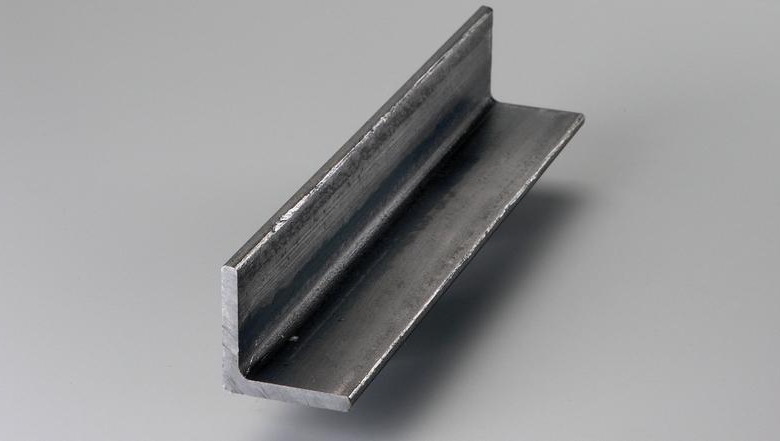Why Metal Angles Are Essential for Structural Stability in Projects

When it comes to construction and engineering projects, ensuring structural stability is always a top priority. Whether it’s a small-scale home renovation or a large commercial building, using the right materials in the right places makes all the difference. One component that often plays a crucial but sometimes overlooked role is the metal angle. These versatile pieces of metal help reinforce structures, provide support, and improve overall durability, making them an essential part of many construction projects.
Understanding Metal Angles and Their Purpose
A metal angle is a piece of metal, usually steel or aluminum, bent at a right angle to form an L-shape. This simple design may seem basic, but it provides significant strength and support. Metal angles are commonly used to join, reinforce, or stabilize different components of a structure. They are especially valuable in areas where two surfaces meet at a corner or where additional support is needed to prevent bending or collapse.
Using a metal angle in construction ensures that stress is distributed evenly across joints and connections. This helps prevent structural weaknesses and reduces the risk of damage over time. Metal angles are used in a wide variety of projects, from building frames and shelves to supporting beams and roofing structures.
Enhancing Structural Strength
One of the main reasons metal angles are essential is their ability to enhance structural strength. When placed at corners or along edges, metal angles act as reinforcements that stabilize the entire structure. Without these reinforcements, joints and connections are more likely to warp, bend, or fail under pressure.
For example, in a shelving system, a metal angle can prevent the shelves from sagging under the weight of heavy items. In larger construction projects, metal angles help maintain the integrity of the building frame by holding beams and columns securely in place. Their strength ensures that the structure can withstand both everyday loads and unexpected forces, such as strong winds or heavy snow.
Versatility in Construction Applications
Metal angles are highly versatile and can be used in a variety of applications. They are suitable for both indoor and outdoor projects and can be painted or coated to resist corrosion and wear. Builders often use metal angles in combination with other materials, such as wood, concrete, or other metals, to achieve optimal stability.
Additionally, metal angles can be customized in different sizes and thicknesses to match the specific requirements of a project. This flexibility makes them an ideal choice for both small DIY projects and large-scale construction developments. Their adaptability ensures that they can provide support wherever it is needed most.
See also: Strengthening Digital Growth with Advanced Marketing Techniques
Supporting Safety and Longevity
Structural stability is not only about strength but also about safety and longevity. A building or project that lacks proper reinforcement is at risk of failure, which can lead to costly repairs or even dangerous accidents. Incorporating metal angles into the design helps reduce these risks by creating stronger, more reliable connections.
Metal angles also contribute to the long-term durability of a structure. Because they resist bending, twisting, and corrosion, they help maintain the integrity of the project for years to come. This means fewer maintenance issues, reduced repair costs, and a safer environment for everyone using or occupying the structure.
Cost-Effective and Efficient Solution
Using metal angles is also a cost-effective way to improve structural stability. They are generally affordable, easy to install, and require minimal maintenance. Compared to other reinforcement methods, metal angles offer a practical solution that delivers strong results without adding unnecessary complexity to a project.
Construction teams appreciate metal angles for their simplicity and reliability. Installing a metal angle can save time and labor while providing immediate benefits in terms of stability and safety. This efficiency makes them an indispensable component in both professional construction projects and personal DIY endeavors.
Conclusion
In conclusion, metal angles are more than just simple pieces of metal—they are critical elements that contribute to the strength, safety, and longevity of any construction project. From enhancing structural strength and providing versatility to supporting long-term durability and offering a cost-effective solution, metal angles prove their importance in countless applications. Whether you are working on a home renovation, a commercial building, or a DIY project, using metal angles appropriately can make your structures stronger, safer, and more reliable for years to come.




